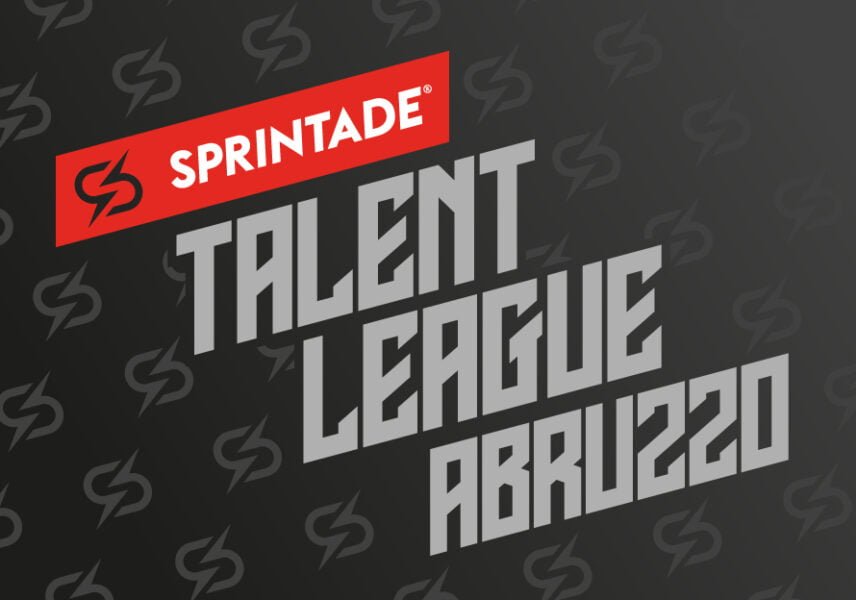Useful remedies against muscle soreness to avoid pain in the calves and legs
Muscle fatigue or DOMS “Delayed Onset Muscle Soreness” is a condition that athletes are very familiar with. Caused by the resumption of activity after a break, by excessive loads, very intense efforts or by new workouts that you are not used to, DOMS are a physiological reaction to overwork of the musculoskeletal system and are characterized by pain and weakness of the affected muscle groups. In this article we will talk about muscle fatigue, what to do to prevent it and what to avoid.
Too often, muscle pain is mistakenly attributed to the accumulation of lactic acid. Lactate, on the other hand, produced during effort, is metabolised in the blood and liver a few hours after the end of the training session. So let’s see what causes muscle fatigue.
Let’s see what muscle soreness is and what it depends on
Muscle fatigue can affect any part of the body following intense efforts and usually manifests itself with localized pain, muscle stiffening, cramps, shortness of breath and difficulty recovering. This symptomatology can persist for several days, continuing to increase up to 48 hours after training and then gradually disappearing over the following 3-6 days, depending on the intensity and duration of the effort performed.
The reason for the onset of painful symptoms is not yet clear, but it is thought to be mainly linked to:
- Micro-lesions in the muscle and connective tissue: a very heavy session, especially after a long break period or in athletes who are not particularly trained, it creates many micro-lesions in the muscle fibres.
- The inflammatory response to small traumas: the injury of the muscle cells interact with the peripheral nervous system activating the pain response.
When damaged muscle cells heal, the body triggers a real process of functional adaptation, the muscle “improves”, increasing volume and resistance.
Muscle fatigue: what to do to prevent it
Even if it is precisely the appearance of micro-lesions that allow the body to improve its capabilities and resistance by adapting to effort, the muscle pain associated with them is annoying and potentially disabling. So let’s see what to do to prevent them:
- Always warm up the muscles, progressively activating the muscles and limit microtraumas
- carry out movement tests before starting the actual training
- gradually increase the workload to allow the body to adapt
- do not neglect recovery between one training session and another: a muscle that has not had time to recover and is still tired will not be able to reach the desired intensity of effort and, in addition, will accumulate more inflammation factors
- carry out a good aerobic cool-down by promoting the disposal of many molecules involved in inflammation
- drink a lot, replenishing both during the performance and afterwards, increasing renal filtration and therefore the disposal of the molecules responsible for DOMS
- adopt a correct diet and food integration before, during and after training
If the muscle pain persists even after a week, in addition to the DOMS there could be some small injury or trauma. In this case it is best to consult a doctor for possible pharmacological therapy or with self-heating bands and plasters.
Mistakes to avoid
To defend muscles and tendons from possible overloads it is really important approach new workouts in a cautious and intelligent way, attempting the most intense efforts only when you are physically prepared. After talking about muscle fatigue, what to do, let’s see what to avoid to avoid damaging the muscles:
- not warming up properly by starting workouts cold
- practice intense cold stretching before training
- do not tackle the effort gradually but start immediately with fast and maximum intensity executions
- do not respect rest times
- don’t cool down at the end of the workout
- having an incorrect diet and zero food supplementation
 03/09/21
03/09/21 3
3




